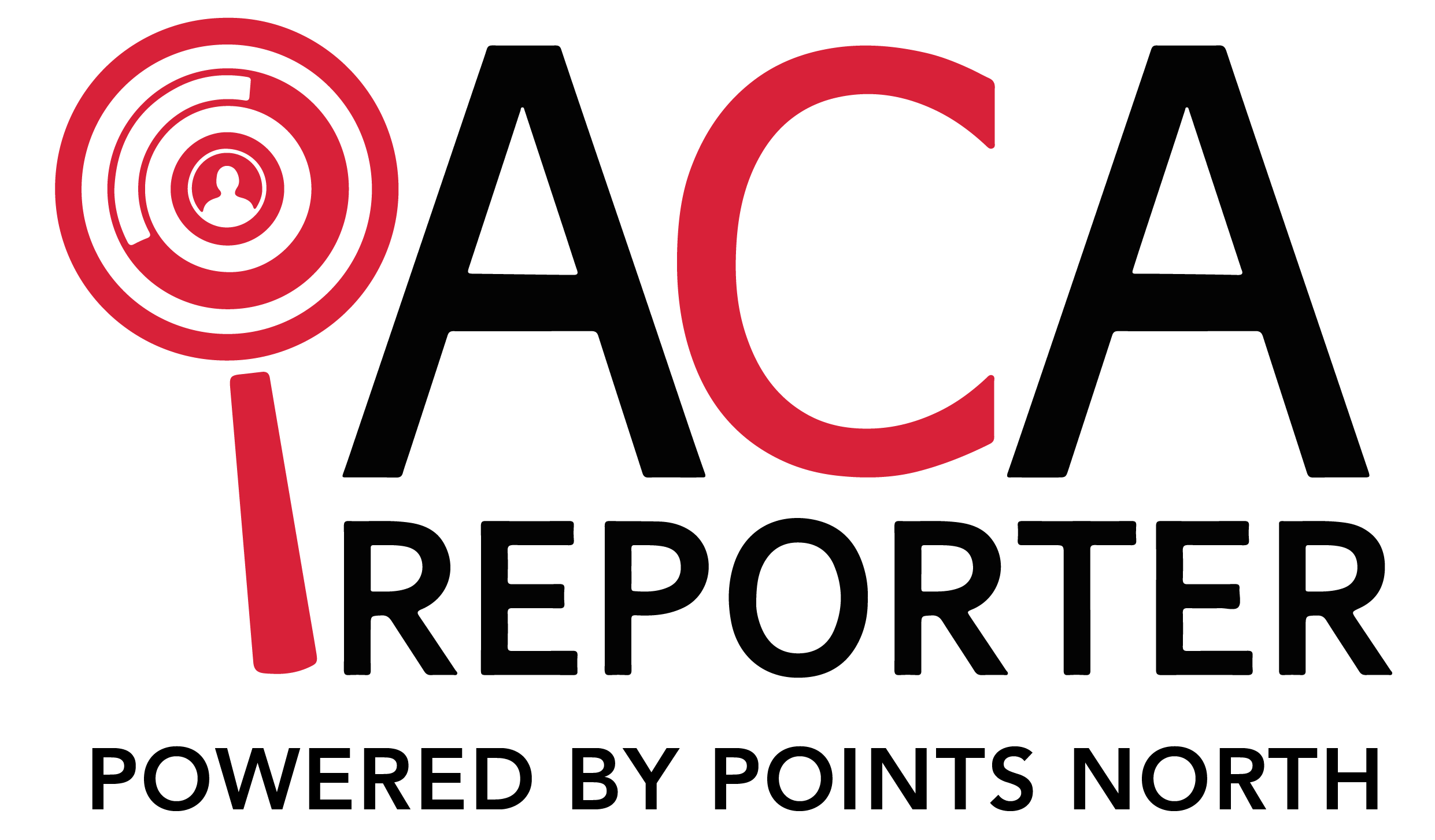It's estimated a little over 2 million employers are impacted by the ACA employer mandate. Any large business employer that meets qualifications must comply with ACA rules. You may be wondering what requirements make a business a large employer. If so, this article is for you. Keep reading to discover what the ACA mandate means for your business.
What Is the ACA Employer Mandate?
The Affordable Care Act (ACA) is a federal law passed in 2010. It provides health insurance for people who are not covered by their employer or government programs.
The ACA helps people get and keep the health care they need at an affordable price. The ACA has guidelines for employers with 50 or more full-time employees. They must offer affordable coverage to their full-time employees and their dependents or pay a penalty.
Which Businesses Must Offer Employee Healthcare Coverage?
Any applicable large business must offer coverage. To be an applicable large employer, the company must have 50 full-time or full-time equivalent employees. The government uses your employee numbers from the previous year to determine if you must offer it.
For example, let's say a company had 55 employees last year and only 46 this year. The company must still comply with the ACA mandate because it goes off the previous year's numbers.
ACA Requirements for Applicable Large Employers:
So, what are the requirements to meet ACA rules as a large employer? There are three and they're quite simple:
Affordable Coverage
The coverage must be affordable. The portion employees pay must not exceed 9.61% of their income. Affordable health insurance coverage typically includes at least some form of hospitalization and prescription drug coverage. It also includes preventive care like check-ups and immunizations.
Minimum Value
An employer-sponsored healthcare plan must cover 60% of the total cost of benefits. It must consider in-hospitalization stays and physician services.
The minimum value of health insurance coverage is the amount that an individual needs to pay for healthcare out-of-pocket. This is the amount paid before their healthcare plan kicks in and covers the rest.
Minimum Coverage
Employers must provide healthcare coverage to 95% of their employees. This coverage must also cover dependents. This means that they must offer benefits to their employees.
How to Ensure Compliance
There are several requirements for businesses to comply with ACA mandates. Those include:
- Determining whether to pay or play
- Understanding and complying with pay or play requirements
- Assessing grandfathered plans to understand the status
- Submitting IRS reports
- Analyzing plans to ensure minimum coverage and value
- Issuing tax documents to employees
- Reviewing those on the plan to ensure they are eligible
The best way to maintain compliance is to work with departments across the organization. If the above tasks seem overwhelming, they can be. Leveraging a tool like ACA Reporter can help optimize these requirements through automated technology to track employees, consistently monitor their hours, and submit your ACA documentation.
Other ACA Rules to Remember:
The ACA has a lot of rules for employers. A few others to consider are:
- Dependants can stay on the plan until they are 26
- Full-time equivalents count when considering how many employees you have
- Look into special rules for seasonal workers
- Employees covered by TRICARE or the VA do not count toward ACA requirements
What Are ACA Penalties and How Are They Calculated?
The ACA penalty is a penalty imposed by the IRS on applicable large employers. Companies pay it if they do not offer health coverage to their employees. Or if they do not offer the correct type of coverage.
The IRS uses a scale to determine how much the penalty is. Companies that don't offer coverage end up paying a $2,750 penalty after the first 30 employees.
For example, let's say a company has 50 employees. The penalty would be $2,750 x 20 = $55,000.
Penalties have consistently increased year over year, so it is important to understand and track the fine costs associated with each filing season.
Penalty for Not Providing Minimum Value or Affordable Options:
If the company offers coverage but it doesn't meet the minimum value guidelines, there is a penalty. This penalty also applies if the options offered by the company are not considered affordable. The penalty cannot be more than the penalty the company would incur if they didn't offer coverage at all.
The penalty for this is $4,120. Companies receive this penalty if any of the employees opt to receive coverage through the marketplace instead of using the company's insurance. The penalty applies to however many employees sign up through the marketplace. For example, if 15 employees sign up for insurance through the marketplace and 15 do not, the fee would be for 15. It would be 15 x $4,120 = $61,800.
What Agency Enforces ACA Mandates?
The ACA is enforced by the U.S. Department of Health and Human Services. The department oversees the implementation and enforcement of ACA mandates. The ACA has individual mandates and employer mandates for affordable coverage.
Get Started with Accurate ACA Reporting Today
Now that you understand what the ACA employer mandate is and the complexities around how to comply with it, you may be asking yourself, “What Now?”. If your business is ready to streamline and update how to monitor your employee hours, optimize the tracking of full-time status, and automate the submission of your submitted ACA reports, you're in the right place.
At Points North, we offer a variety of tools for businesses to remain compliant. We are dedicated to helping companies of all sizes to succeed.
Our comprehensive ACA Reporter product streamlines the process to make it easier than ever for employers. Schedule a free demo today to learn more about the platform.





